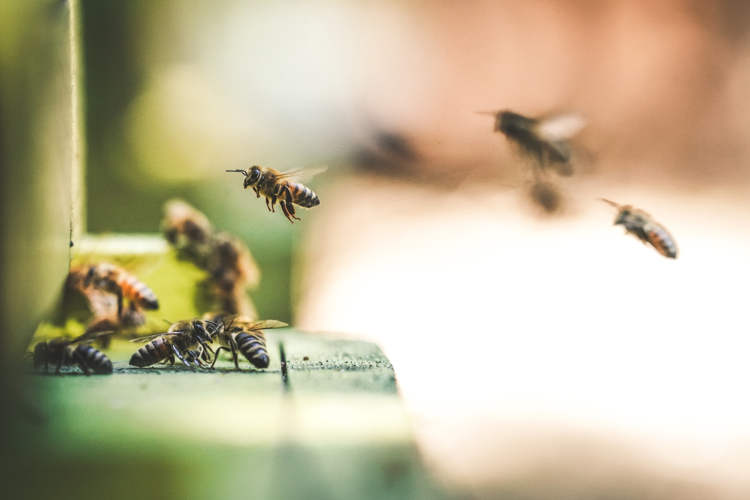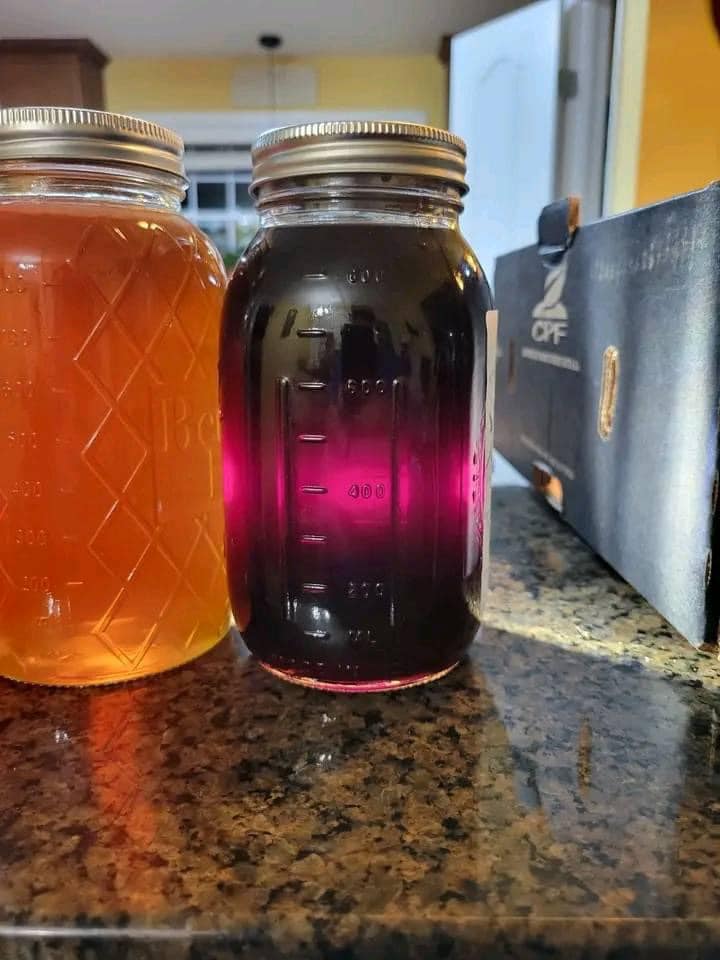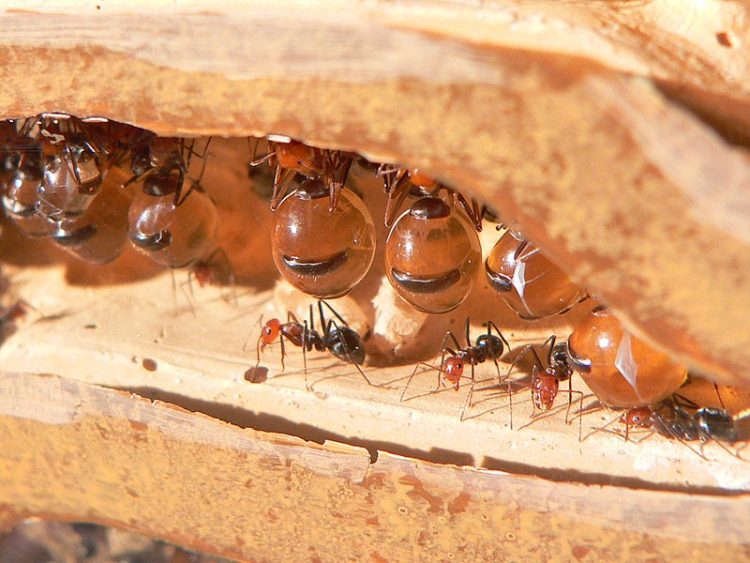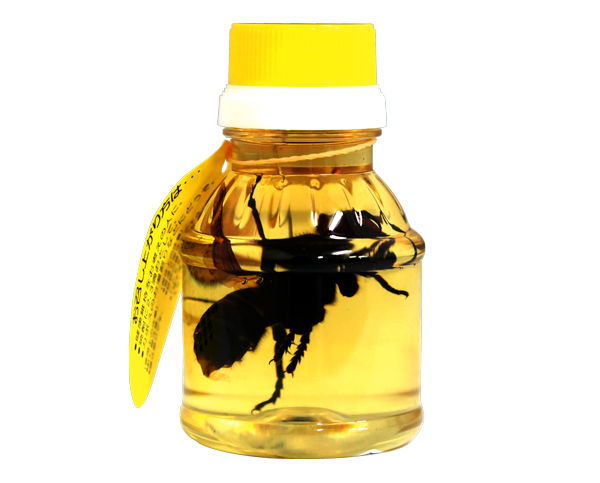Isolated on an island in the middle of the southeastern Pacific Ocean, the bees of Easter Island are free of all the pathogens and pesticides ravaging the global bee population, and therefore produce the purest honey on the planet.
The beekeepers of Chile’s Easter Island are fully aware that their bees may one day become the salvation of the world’s most important polinator. With bee colonies all over the world struggling to survive serious threats like pesticide poisoning, new diseases and climate change, the bees of Easter Island are probably the only ones in the world yet to be affected by such problems. And their owners hope to keep it that way. They have managed to convince the local government to ban the importation of bees, because of the significant risk of contamination.













